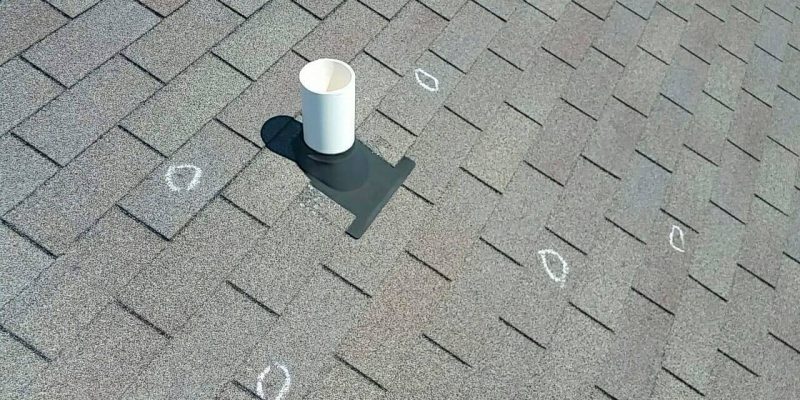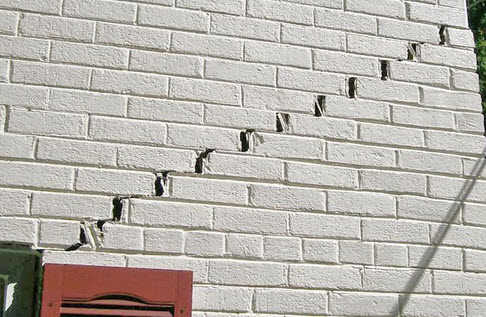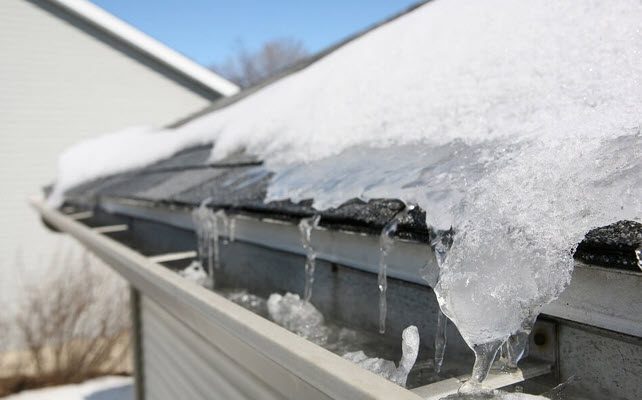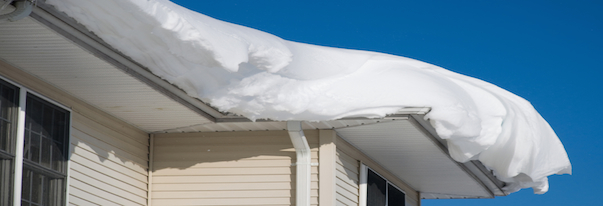Storm Damage Assessment:
How a Structural Engineer Can Assess Wind, Snow and Water Damage After a Storm
Structural storm damage assessments and structural engineer inspections for East Coast hurricane, flood and snow damage.
Storm damage assessment is a process that follows any major storm event. Homes and other structures along the East Coast damaged by recent storms such as Hurricane Sandy or winter storm Nemo may require a structural inspection in order to file or resolve an insurance claim. Summit Engineering can help determine cause of damage for insurance companies, adjusters, and homeowners.
We can do Storm Damage Assessments, if damages were the result of:
- Pre-existing conditions
- Maintenance
- Improper construction or design
- Flooding
- High winds
- Wind-driven rain
- Snow accumulation
- can also determine if the level of wind and/or water damage is repairable or if the entire structure is a loss.
EMA Structural Forensic engineers conducts structural storm damage assessments and can provide the documentation insurance companies need to process claims from storms. As an East Coast structural engineering firm, we’ve spent many years working throughout New England and along the Atlantic Seaboard. We have seen storm damage of all types. We can identify structural damage causes and deliver a written assessment of our findings. In the event of litigation, we can provide expert witness testimony.
What you need to know about flood damage
Typical homeowners insurance doesn’t cover damage due to flooding. The National Flood Insurance Program (NFIP) offers coverage in communities that adopt and enforce minimum FEMA construction standards.
Many homeowners along the East Coast have found themselves both uninsured for flood damage and a victim of hurricanes or other coastal flooding events. Since wind damage is covered under most insurance policies, it often becomes the point of dispute between homeowners and insurance providers. Summit’s structural engineers will assess storm damage and deliver a structural damage report to insurance adjusters. These post-hurricane engineering assessments are crucial to completing insurance claims.
What you need to know about damage due to snow
Most homeowners insurance policies cover outright damage due to buildup of heavy snow. However, most do not cover lack of maintenance. A structural engineer familiar with building envelopes and snow accumulation can determine causes of damage from snow accumulation.
https://foursquare.com/v/ema-structural-forensic-engineers/57e262aa498ef4c3cf0558a3
https://emaengineers.com/category/forensic-engineers-vero-beach/
https://www.fixr.com/sp.ema-structural-forensic-engineers.html
https://www.showmelocal.com/profile.aspx?bid=24613768
https://www.yelp.com/biz/ema-structural-forensic-engineers-orlando-5?osq=ema+engineers





